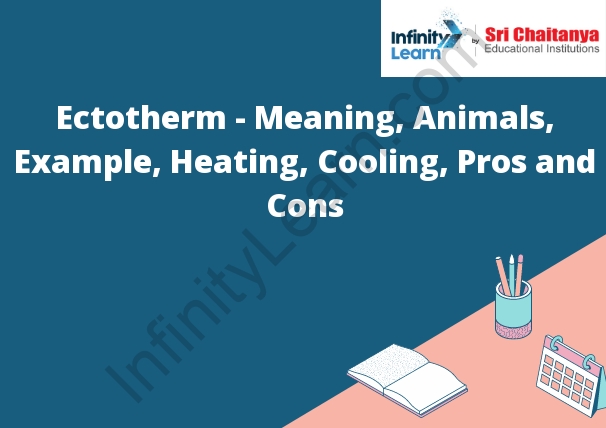Table of Contents
Ectotherm Definition
An ectotherm is an animal that gets its body heat from the environment. This means that they rely on external sources to regulate their body temperature, as opposed to endotherms, which generate their own heat internally. Ectotherm – Meaning Animals Example Heating Cooling Pros and Cons.

Ectothermic Meaning
The ectothermic meaning refers to an animal or a plant that relies on the external environment to regulate its body temperature. This means that the ectothermic animal or plant is not able to produce its own heat and must rely on the warmth of the sun or its surroundings to keep its body temperature stable.
Ectothermic Animals
Ectothermic animals are animals that rely on their external environment to regulate their body temperature. This means that they cannot generate their own heat and must rely on external sources, such as the sun or warm temperatures from their surroundings, to warm their bodies. Ectothermic animals include many different types of reptiles, amphibians, and fish.
Why Regulate Temperature?
Regulating temperature is important in a number of ways. For one, many chemical and biological processes depend on a relatively stable temperature in order to occur. For example, enzymes work best within a specific temperature range, and many chemical reactions also proceed most efficiently at a certain temperature.
In addition, many organisms are sensitive to changes in temperature and can be harmed or killed if the temperature is not within a certain range. For example, many fish cannot survive in water that is too cold or too warm, and many plants cannot survive if the temperature drops too low or gets too high.
Temperature also affects the way that organisms interact with their environment. For example, warm-blooded animals can maintain a relatively stable body temperature even in environments that are much colder or much hotter than their body temperature. This allows them to live in a wider range of environments than animals that are cold-blooded.
Ectothermic Heating and Cooling
Ectothermic heating and cooling are methods of heating and cooling that use the environment to provide the energy needed to perform the task. The two most common methods of ectothermic heating are solar heating and geothermal heating. Solar heating uses the sun’s energy to heat a building or object, while geothermal heating uses the earth’s natural heat to provide warmth. The two most common methods of ectothermic cooling are evaporative cooling and refrigeration. Evaporative cooling uses water to absorb heat from a building or object, while refrigeration uses a compressor and refrigerant to transfer heat from one place to another.
Ectotherms in the Winter
In the winter, ectotherms rely on external sources of heat to regulate their body temperature. This can include sunlight, which can be absorbed by the body to raise internal temperatures, or warm environments, which can be used to reduce heat loss. Some ectotherms may also hibernate during the winter, which allows them to conserve energy by slowing their metabolism.
Pros and Cons of Solar
There are many pros and cons of solar energy. Some of the pros are that it is a renewable resource, it is environmentally friendly, and it is a source of energy that is available anywhere there is sunlight. Some of the cons are that it can be expensive to install, it can be unreliable, and it can take up a lot of space.
Ectotherm – Meaning Animals Example Heating Cooling Pros and Cons.








